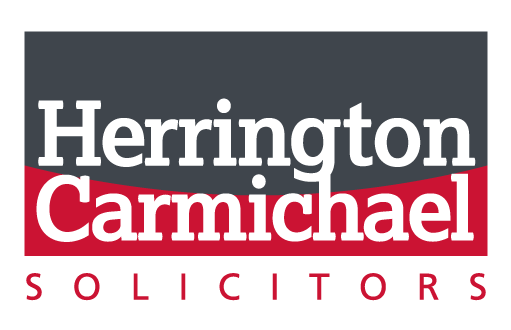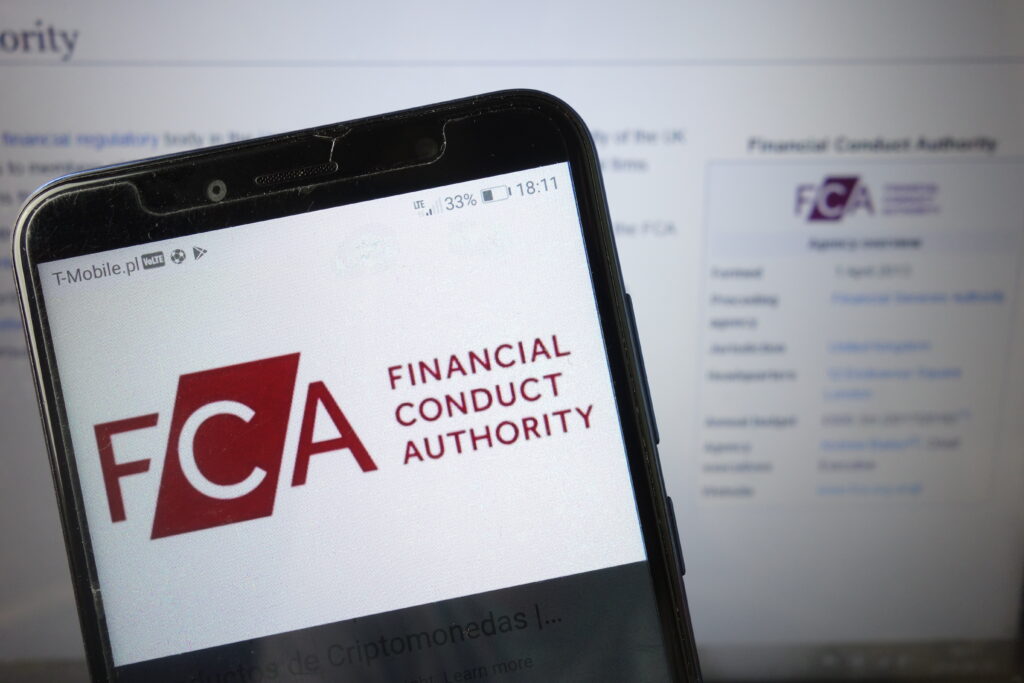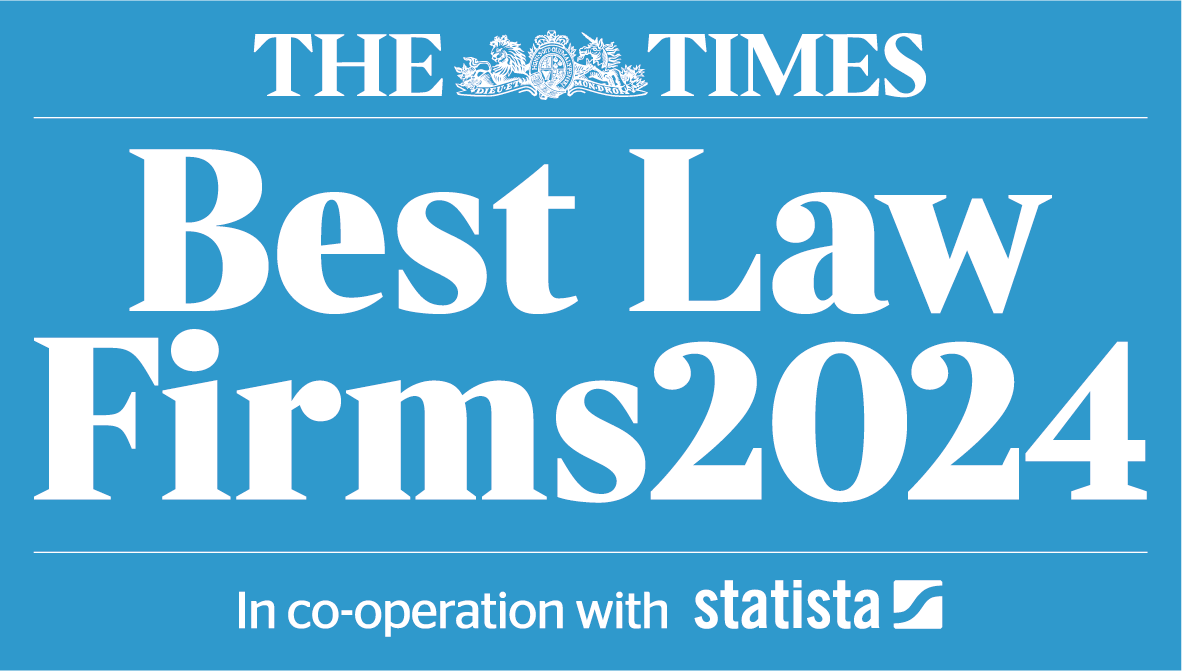The office lease landscape in the UK has undergone a significant transformation in recent years. Where traditional long term leases once dominated, the market has steadily shifted toward more flexible arrangements. The Covid-19 pandemic served as a catalyst for change, highlighting the problems of inflexible leases as remote working became the norm.
As businesses continue to adapt to new working patterns, both landlords and tenants are re-evaluating what the modern office lease should look like.
From fixed to flexible
Historically office leases in the UK were often defined by lengthy terms, upwards only rent reviews, and high upfront costs. While this model offered security for landlords, it frequently left tenant’s exposed if their operational needs changed. There has been a growing trend of companies consolidating their office space driven by hybrid working patterns and a desire to relocate to buildings that better support collaboration and sustainability.
In today’s climate, flexibility is key. Businesses are seeking agile leases that allow them to respond to evolving work patterns and economic pressures. This shift has led to a rise in demand for shorter lease terms, rolling break clauses, and shared or managed spaces that offer scalability.
At the beginning of 2025, the Financial Times reported a continued move towards office flexibility, noting that many employers are opting to downsize their footprint while upgrading amenities. Their research found that flexible office space now accounts for approximately 10% of the central London office market. Features such as staffed receptions, wellness facilities, and team-building activities are becoming key differentiators for landlords aiming to attract high-quality tenants.
Sustainability as a key consideration
Environmental, social and governance (ESG) considerations are also playing an increasingly central role in decisions. Tenants are drawn to buildings with strong sustainability credentials and energy efficient systems. The office is no longer just a place to work. It is a space that must support brand identity and broader business values.
Lease drafting considerations
Lease agreements must now reflect the modern occupier’s need for adaptability while preserving clarity and certainty for both parties. Both landlords and tenants need to ensure that leases are carefully structured to support commercial agility while managing risk. Key drafting points include:
- Break clauses are now a regular feature of lease negotiations. These must be carefully drafted to ensure both sides understand the conditions attached. Landlords will typically seek clear obligations on notice periods and rent payments, while tenants will want to avoid ambiguous or onerous conditions that could jeopardise their right to break.
- Underletting and Sharing: Tenants increasingly seek the right to underlet part of their space or share occupation with group companies in order to adapt to growth or reorganisation. Landlords may be open to these arrangements but could want to retain control over who occupies the space and for what purpose which should be reflected in the drafting.
- Fit out and reinstatement: The division of responsibility for alterations and reinstatement needs to be clearly set out in the lease. This includes whether reinstatement will be required at the end of the lease and who maintains various elements of the fit-out.
- Service Charges: For landlords, transparency and a clearly defined method of apportionment are essential. Tenants on the other hand expect service charges to reflect a fair and proportionate share of the services they receive.
What the future holds
With some employers now encouraging or requiring a return to the office the question arises: are we heading back to longer, more traditional lease terms or is flexibility now a permanent feature in the market?
While some tenants may be open to longer leases where the office space closely aligns with their needs, the broader trend points to flexibility remaining a central feature in the market. Flexible leases are likely to remain in demand and landlords who can offer this are best placed to attract high quality tenants.
To discuss the content of this article, or for further advice on the issues raised, please contact us to speak to a member of our Real Estate Team.









